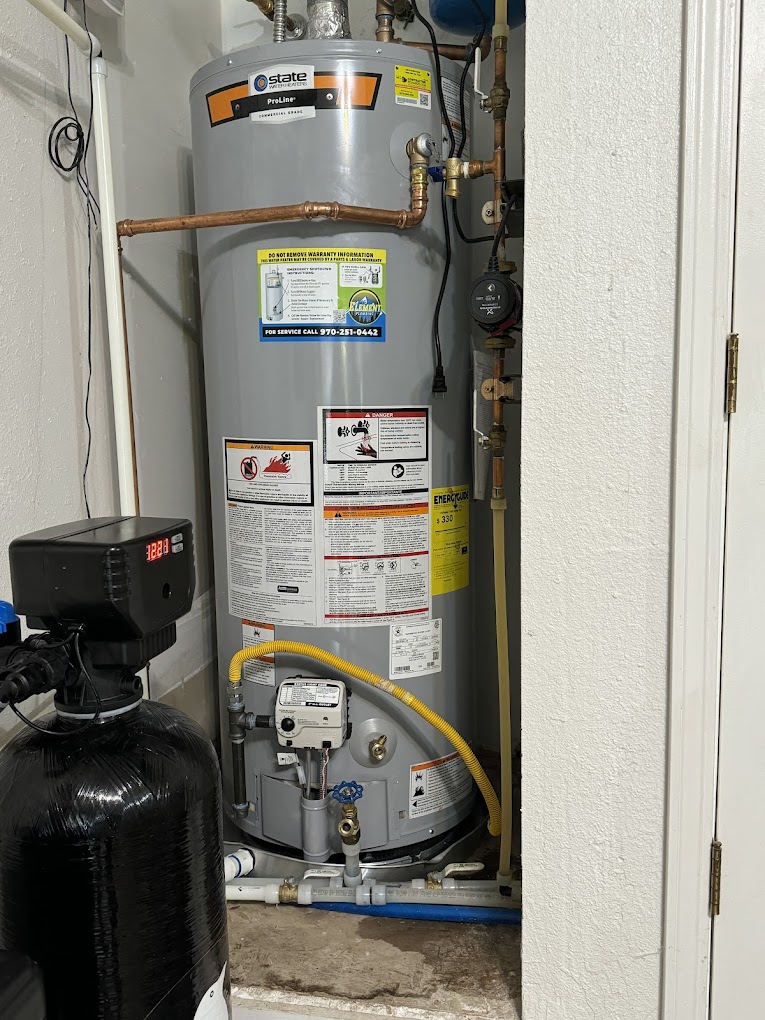Introduction
A malfunctioning water heater often gives off subtle signs before it fails. Homeowners might notice lukewarm water, strange noises, or discolored output without realizing these early warnings could signal internal problems. If left unaddressed, these minor issues can lead to significant water leaks or even tank ruptures. This is especially risky in colder climates or homes with older plumbing systems. Waiting too long to act could mean extensive water damage and expensive cleanup. With regular inspections and timely fixes, including professional water heater repair in Durango CO, homeowners can reduce risk and extend the lifespan of their systems.
Delays can cause leaks, flooding, and costly damage
1. Small Leaks Can Lead to Bigger Problems
Tiny drips near the base of a water heater may not seem urgent, but they often signal tank corrosion or valve failures. These leaks can slowly soak subflooring or insulation, leading to mold growth and hidden structural damage. Over time, unchecked leaks saturate drywall and flooring, making cleanup both costly and invasive. Even if water is mopped up quickly, the materials beneath can retain moisture and develop mildew. Routine monitoring around the unit helps catch early leaks and prevent larger disasters.
2. Pressure Build-Up Increases Risk of Tank Rupture
Unlike tankless water heaters in Pagosa Springs CO, traditional models operate under controlled pressure, but faulty temperature and pressure (T&P) valves can cause dangerous build-up. If the valve sticks or fails, internal pressure may rise to levels that threaten the tank’s integrity. In severe cases, this can lead to a sudden crack or burst, flooding your basement or utility room with gallons of hot water. This type of failure poses not only a water damage risk but also a safety hazard due to the heat and force of the release. Replacing malfunctioning valves early helps keep your system functioning safely.
3. Sediment Buildup Accelerates Wear and Tear
Over time, minerals settle at the bottom of the tank, forming a thick layer of sediment. This buildup forces the system to work harder to heat water and puts strain on the heating elements. As sediment traps heat, it can create hot spots that warp or crack the tank’s lining. These vulnerabilities increase the chance of slow leaks or sudden failure. Flushing the tank annually helps reduce buildup and protects its internal components from premature wear.
4. Corrosion Can Compromise Structural Integrity
Water heaters are equipped with sacrificial anode rods that prevent corrosion inside the tank. However, once these rods wear out, rust begins to eat through the metal shell. This silent process often goes unnoticed until brown water appears at the tap or a soft spot forms on the tank. If the rust is allowed to spread, the tank can become unstable and leak. Replacing the anode rod as part of scheduled maintenance keeps the interior protected and prolongs the tank’s usable life.
Delaying water heater restoration isn’t just inconvenient—it increases the risk of water damage, structural issues, and health concerns. Hidden leaks, sediment buildup, or pressure malfunctions all become costly problems when not addressed early. Regular maintenance and professional assessment keep these risks in check and help your unit operate longer. Whether it’s a leaking valve or sediment clogging the tank, fast action saves time, money, and hassle. Staying proactive is the best way to keep your home dry and your water heater reliable.
Conclusion
Prevent costly water damage before it begins. For expert water heater repair in Durango CO, contact our pros at Element Plumbing, Heating & Air at 435-503-3993 for fast, reliable service that keeps your home safe.
???? Same Trusted Team, New Name! Now Element Plumbing Service—your go-to for fast, reliable Heating, AC & Plumbing solutions.


